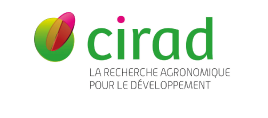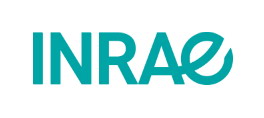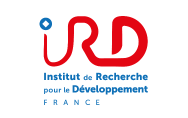Dans un contexte de surexploitation des eaux souterraines, et la non-durabilité des agricultures qui en dépendent, cet intérêt est particulièrement prégnant dans les zones (semi-)arides du Maghreb. On y observe une multitude d’initiatives, à l’initiative de l’État ou des agriculteurs, inquiets des baisses de nappe observées. L’idée principale de cette thèse est d’analyser le système de recharge centenaire des oasis de la vallée du M’zab, qui a toujours été renouvelé face aux changements climatiques et sociétaux.
Aujourd’hui, cette expérience inspire des agriculteurs s’installant dans des zones récentes d’extension agricole. Cette thèse a pour objectif de caractériser et analyser le système de recharge artificielle et d’utilisation de l’eau dans deux espaces contrastés : l’ancienne oasis de Beni Isguen et ses extensions agricoles périphériques récentes.
Un cadre d’analyse interdisciplinaire a été développé, qui s’appuie sur des approches et concepts de la socio-hydrologie, la gestion sociale de l’eau et les principes de l’économie circulaire (réduire les déchets, recycler, régénérer), pour co-construire des savoirs sur le fonctionnement du système de recharge artificielle et d’utilisation de l’eau. Les recherches menées ont permis de montrer, premièrement, que le fonctionnement de ces systèmes sur le long terme nécessite une action collective solide et l’organisation d’un équilibre minutieux entre les ressources en eau disponibles et leur utilisation. Ce sont précisément ces deux dimensions qui ont été remises en question ces dernières décennies par le développement du pompage individuel accompagnant des formes d’agriculture entrepreneuriale. La réinvention d’infrastructures et de pratiques circulaires dans les nouvelles extensions agricoles pour équilibrer la disponibilité et l’usage de l’eau, mais aussi de l’énergie et des déchets, peut contribuer à des formes d'agriculture plus durables sur le plan environnemental.
Deuxièmement, la thèse montre l’importance d’une forme de gouvernance inclusive promouvant l'utilisation parcimonieuse des ressources rares et la contestation permanente de l'utilisation irresponsable de l'eau, lorsqu'elle menace la quantité et la qualité de l'approvisionnement en eau agricole ou domestique de la communauté. Le retour à un accès collectif à l’eau souterraine autour de la notion de partage, en lien avec une réflexion sur la nature des systèmes agraires associés, est une perspective importante.
Troisièmement, la thèse a montré la plus-value d’une approche socio-hydrologique de co-construction de savoirs à travers des échanges fructueux entre l'expertise scientifique et les savoirs expérientiels.
En conclusion, les principes oasiens de circularité et de partage de l’eau, exprimées dans les infrastructures, l’organisation et les pratiques d’un système centenaire mais toujours renouvelé, ouvrent des pistes de réflexion concrètes. Ces principes s’opposent aux paradigmes courants considérant l’eau comme une ressource pour le développement, lequel ne peut se faire qu'au moyen d'infrastructures et de technologies hydrauliques majeures, gourmandes en énergie et altérant les écosystèmes et à l’origine d'impacts négatifs socialement. Les communautés oasiennes ont fait preuve d'un sens aigu de protection des aquifères partagés. Elles prennent soin de leur création, se sont opposées à leur surexploitation et leur pollution, et ont œuvré pour soutenir l'effort collectif de recharge de l'aquifère. Cette utilisation éclairée des ressources devrait être une source d’inspiration pour de nouvelles formes d’agricultures sahariennes écologiquement durables et socialement équitables.
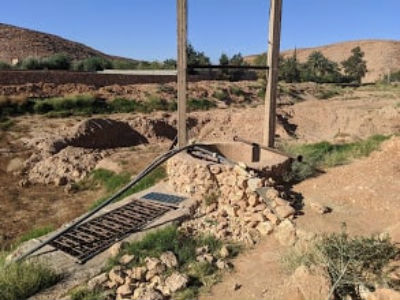 |
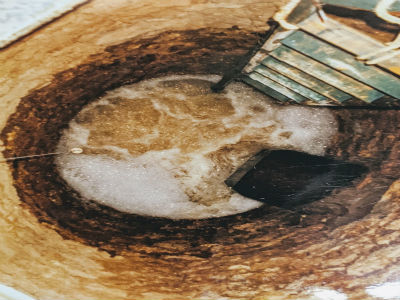 |
| Puits capteurs, les eaux de la crue sont captées et mis dans le puits pour recharger la nappe phréatique - © SAIDANI Amine | |



